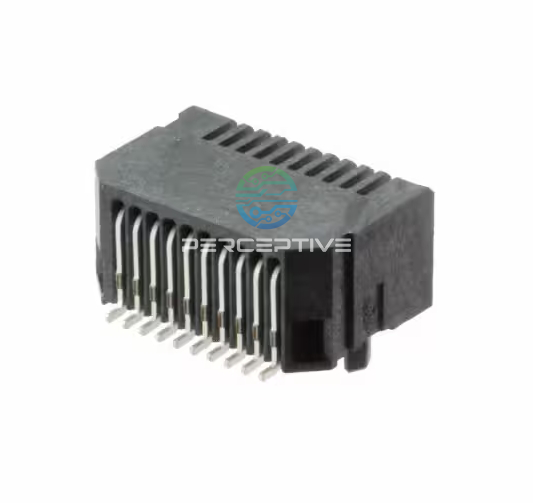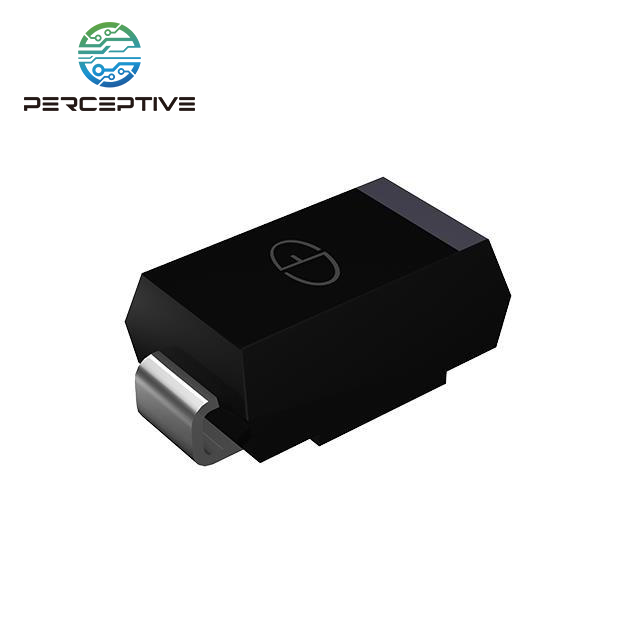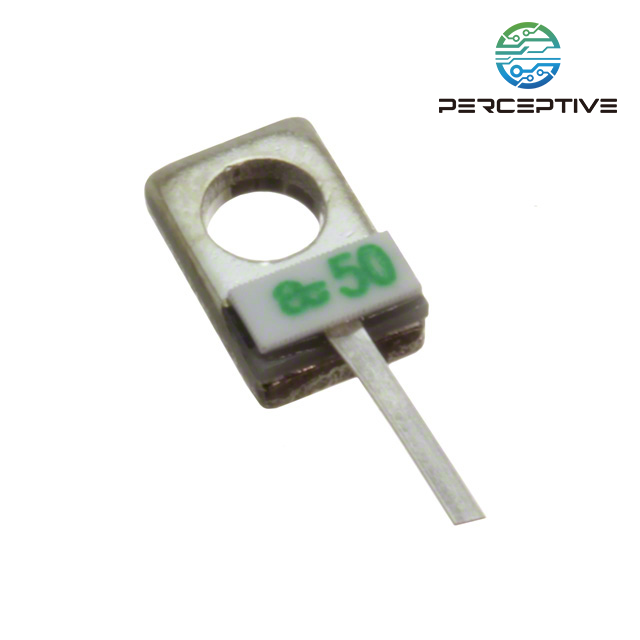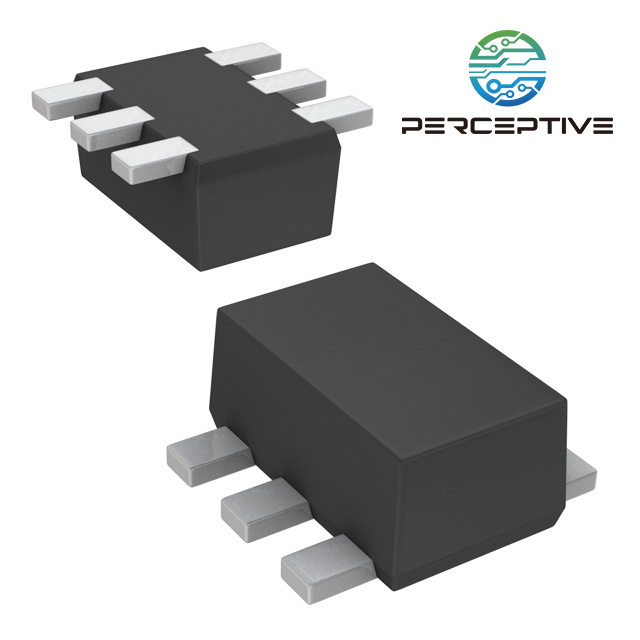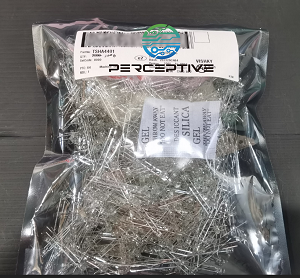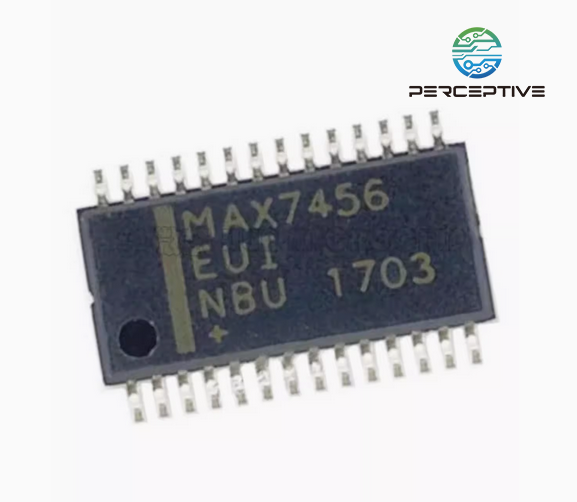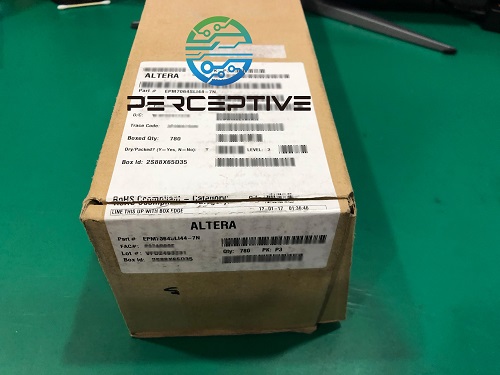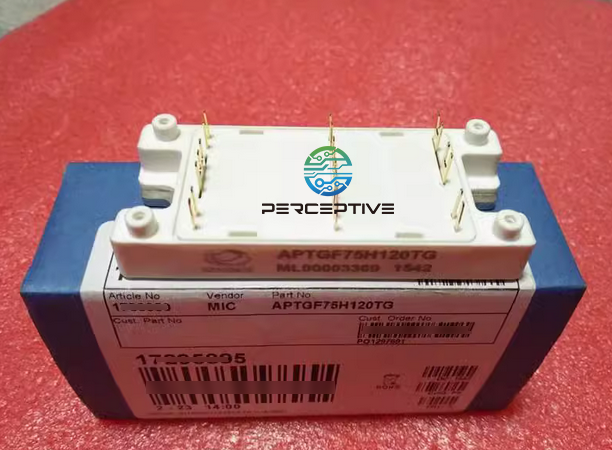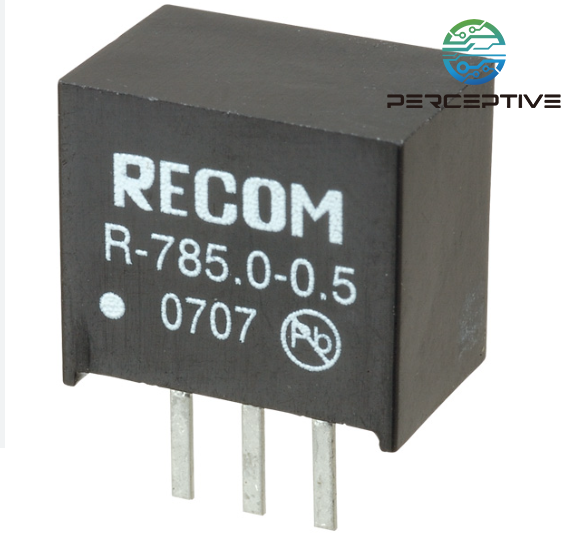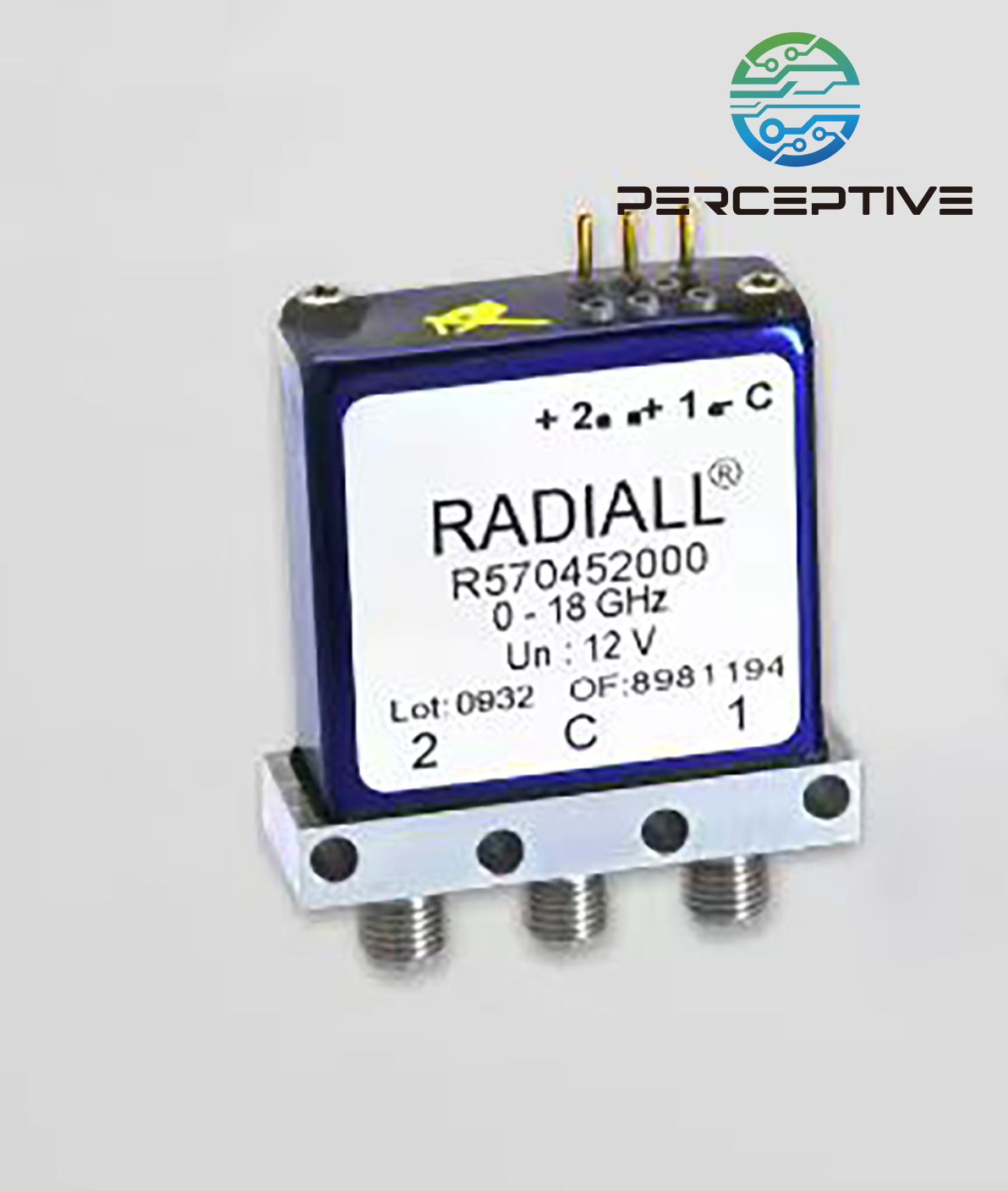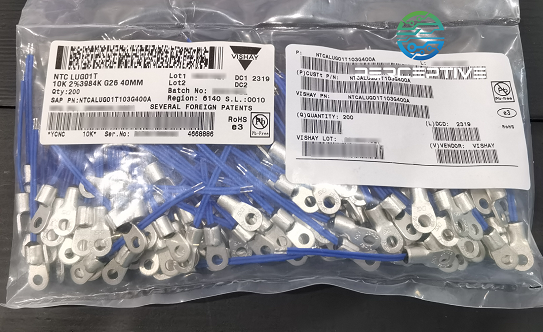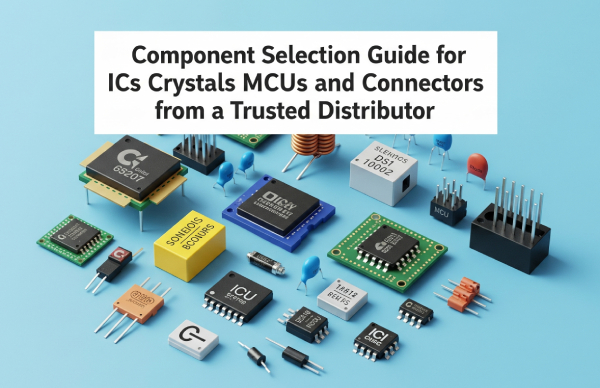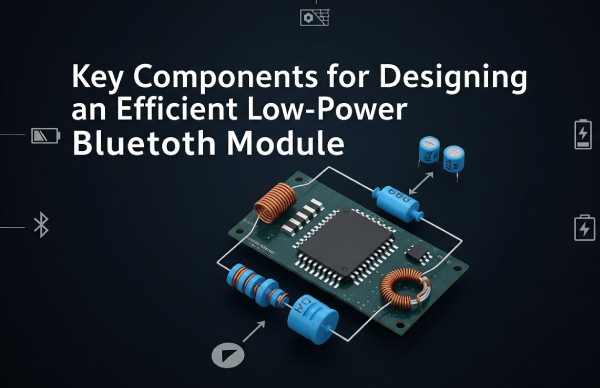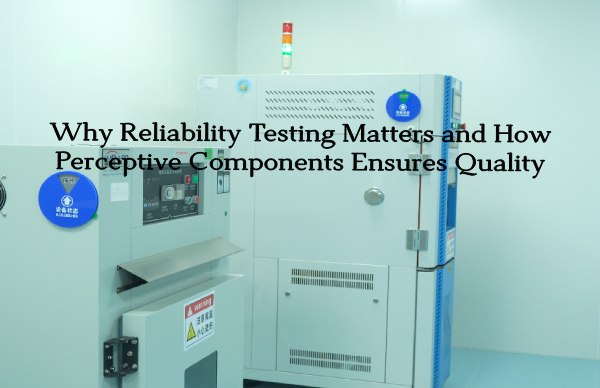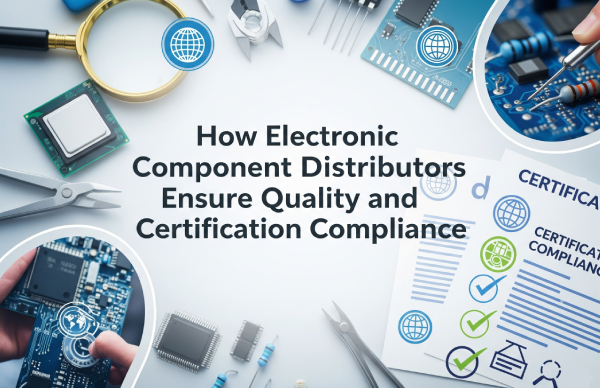Automotive grade semiconductors are semiconductors specifically applied to automotive electronic systems, whose performance, reliability and environmental adaptability requirements are much higher than those of ordinary semiconductors. Automotive grade semiconductors can operate stably in a wider temperature range, higher vibration and shock environment to ensure the safety and reliability of automobiles.
Characteristics of Automotive Grade Electronic Components:
High Temperature Resistance: In-vehicle temperatures can range from -40°C to 150°C, so automotive-grade electronic components must be able to withstand extreme temperatures.
Vibration and Shock Resistant: Vehicles generate strong vibration and shock during driving, so automotive-grade electronic components must be able to withstand such shocks.
Humidity: When the car is driven in rainy or humid environment, the vehicle-grade electronic components must be able to prevent moisture-induced corrosion and short-circuit.
Electromagnetic Interference: There is a lot of electromagnetic interference around the car, so the car-grade electronic components must be able to resist such interference.
High Reliability: Failure of automotive-grade electronic components can lead to serious safety issues, so they must be highly reliable.
Automotive Grade Standards
Automotive grade electronic components must meet the appropriate industry standards to be called automotive grade. Currently, the most commonly used automotive-grade standards are the AEC-Q series of standards, developed by the Automotive Electronics Council (AEC).The AEC-Q series of standards covers a wide range of types of automotive-grade electronic components, including:
AEC-Q100: Standards applicable to discrete semiconductor components
AEC-Q101: Standard for Integrated Circuits
AEC-Q102: Standard for Optoelectronic components
AEC-Q103: Standard applicable to sensors and actuators
AEC-Q200: Standard for automotive cables and connectors
Applications of Automotive Grade Electronic Components
Automotive grade electronic components are widely used in a variety of automotive systems, including:
Engine Control System: Controls the working status of the engine, such as fuel injection, ignition timing, etc.
Transmission Control System: Controls the gearshift operation of the transmission.
Braking System: control of automobile braking.
Safety Systems: such as airbags, ABS, ESP, etc..
Infotainment System: e.g. navigation, audio, entertainment system, etc.
Market Status and Prospects
Automotive-grade semiconductors play a crucial role in the fields of new energy vehicles, intelligent driving, and in-vehicle entertainment systems.
In new energy vehicles, automotive-grade semiconductors are used in battery management systems to ensure the safe and efficient operation of batteries, and are also involved in motor control to achieve precise regulation of power. In addition, power semiconductors in power electronic equipment are the key to connecting batteries and motors, realizing efficient conversion of electric energy.
In the field of intelligent driving, vehicle-grade semiconductors support the processing of sensor data and help vehicles realize complex tasks such as environment perception and decision planning. Whether it's camera, radar or lidar, high-performance semiconductor chips are needed for data processing and analysis to realize autonomous navigation and obstacle avoidance in vehicles.
And in the in-vehicle entertainment system, vehicle-grade semiconductors provide passengers with a rich entertainment experience. The processor is responsible for running various applications, the memory stores multimedia data such as music and video, while sensors and monitors are used for user interaction. These systems not only enhance passenger comfort, but also reflect the trend of automotive intelligence and humanization.
Application Scenarios for Automotive-Grade Semiconductors
In new energy vehicles, they are required to have high temperature resistance and high reliability to ensure the stable operation of the battery management system and motor control. In the field of intelligent driving, automotive-grade semiconductors need to have high-speed data processing capabilities to cope with complex environment perception and decision-making planning tasks. In the in-vehicle entertainment system, a balance of high performance and low power consumption is pursued to provide a smooth and energy-efficient entertainment experience. These challenges require continuous innovation and advancement in automotive grade semiconductor technology.
The automotive semiconductor market is currently in a rapid growth phase, benefiting from the rapid development of new energy vehicles and intelligent driving technology. In the future, with the accelerated trend of intelligentization and electrification in the automotive industry, the market demand for automotive-grade semiconductors will continue to expand. At the same time, technological innovation and localized substitution will also bring new development opportunities for the market. In short, the automotive semiconductor market has broad prospects and great potential.
————————
About Perceptive Components Limited
We are one of the world's leading distributors of semiconductor and electronic components. With 21 years of business experience in the electronic components industry, we have in-depth cooperative relations with thousands of brand manufacturers and agents, focusing on TI, Microchip, NXP, Infineon, Intel, onsemi, ST, Micron.
To learn more about Perceptive, visit perceptive-ic.com. 

